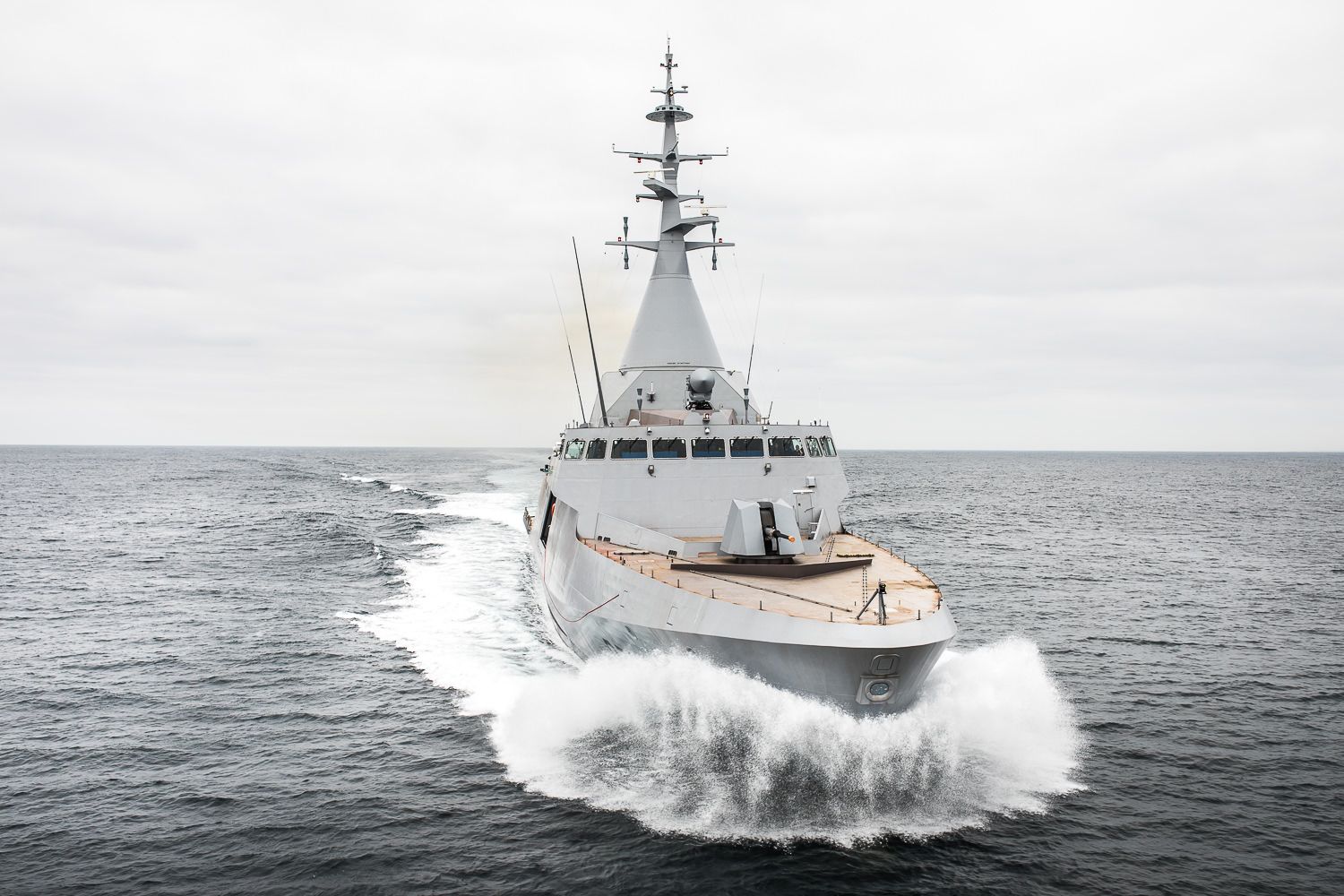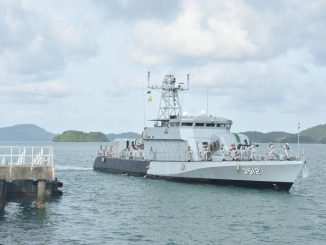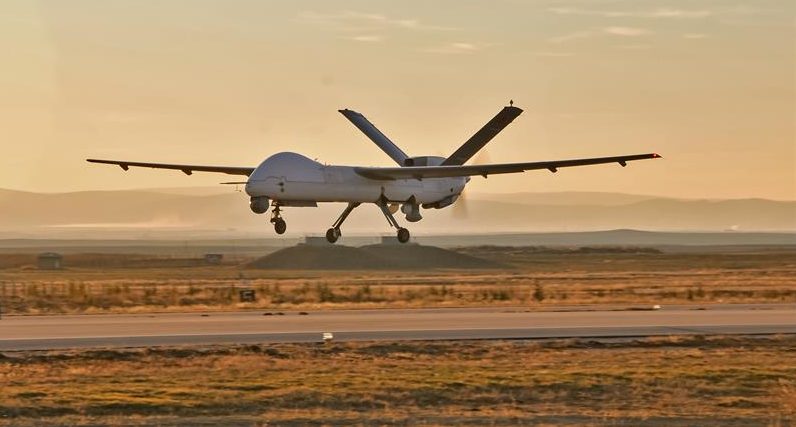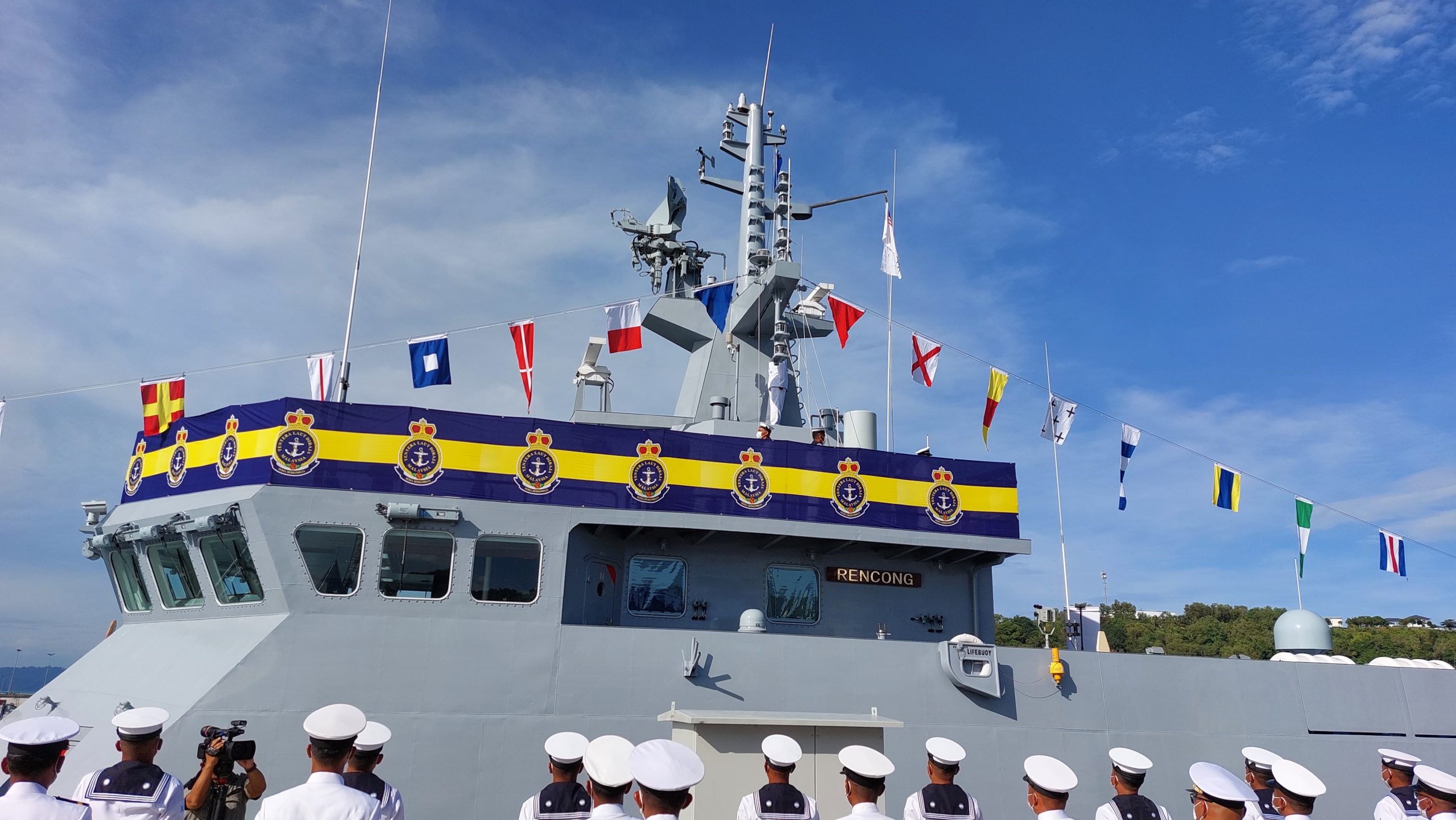
SHAH ALAM: BHIC, BNS and directors sued. Boustead Heavy Industries Corporation Bhd (BHIC) on October 4 announced to Bursa Malaysia that the company; subsidiary BHIC Defence Technologies Sdn Bh; its associate company, Boustead Naval Shipyard and two of its directors have been sued.
The announcement:
The Board of Directors (“Board”) of Boustead Heavy Industries Corporation Berhad (“BHIC” or “the Company”) wishes to announce that on 27 September 2022, Messrs. Ranjit Ooi & Robert Low, the Solicitors representing Contraves Advanced Devices Sdn Bhd (“CAD”) and Contraves Electrodynamics Sdn Bhd (“CED”) has filed a Writ of Summons and Statement of Claim (Kuala Lumpur High Court Suit No. WA-22NCC-485-09/2022) against the Company, BHIC Defence Technologies Sdn Bhd (“BHICDT”) (a wholly-owned subsidiary of the Company), Boustead Naval Shipyard Sdn Bhd (“BNS”) (an associate company), (Dr.) Salihin Abang (“(Dr.) Salihin”) (a Nominee Director of BHICDT in CAD and CED) and Vice Admiral Dato’ Syed Zahiruddin Putra Syed Osman (Retired) (“Dato’ Syed Zahiruddin”) (a Nominee Director of BHICDT in CAD) (BHIC, BNS, BHICDT, (Dr.) Salihin and Dato’ Syed Zahiruddin are collectively known as the “Defendants”).
From The Edge:
KUALA LUMPUR (Oct 4): Two contractors of the controversial littoral combat ship (LCS) project whose contracts were terminated have sued Boustead Naval Shipyard Sdn Bhd for outstanding payments and a declaration that the contracts are not void.
The lawsuits were filed by Contraves Advanced Devices Sdn Bhd (CAD) and Contraves Electrodynamics Sdn Bhd (CED), both of which are 51:49 joint ventures between Boustead Heavy Industries Corp Bhd (BHIC) and Germany’s Rheinmetall Group.
CAD and CED are both the recipients of 12 letters of awards (LOAs) from BNS for the procurement, engineering, integration and supply of equipment and weaponry for the six LCS. The LOAs were terminated in August 2022.
The suit is seeking an order for BNS to pay CAD alleged outstanding amounts of RM880,068.21, €39.87 million (RM182.96 million), £3.78 million (RM19.95 million) and 55.94 million Swedish krona (RM23.8 million).
Furthermore, BNS also has to pay an alleged outstanding amount of RM216.65 million to CED.
This amounted to RM444.24 million worth of claims by the companies combined, back of the envelope calculations showed.
The legal action was one of the reasons that Malaysian Defence opined for the LCS project to be scrapped altogether. It is interesting to note that the Senior Defence Minister came out a press release on the LCS issue on September 2. I am assuming that the minister was made aware of the suit as the reason for him to come out with the release. The suits against the companies and two directors were revealed as the RMN yet again called for the defence budget to be increase to 1.5 percent in the national budget to be announced on Friday.
— Malaysian Defence





Easy for you to say for it to be scrapped since you’re not in the navy’s position. You’re just a journalist.
And a tax payer, I must add. My kids will be in the future hopefully
At times it’s better to cut your losses, withdraw and regroup than pressing on. In any case the Navy wouldn’t be receiving anything in the upcoming months seeing the state of the ships are in. Might as well scrap them and restart the contract but make sure that there are no transfer tech rubbish deals. Logic is sound IMHO but probably Navy had some other factors to consider.
Didn’t Hishamuddin announced a while back that the French offered to complete the ships? What was that about?
BHIC did terminate the contract but did not specified the reason apart from cutting all the middlemen. You cannot terminate a contract you have entered into just because of the price is not right & also because BHIC did agree with the prices earlier. This is a mess. It will further complicate things which is already complicated. Unless the gov scrapped the project and settle for 2 unit only. This is imho the best course of action. Rheinmetal is a big company and will sue until their demand is met.
No, the French said they will be involved in the restart. I was told that Naval Group asked that they be appointed as the lead contractor but of course the government did not approve it. That’s why we returned the mess to the very people who messed it up in the first place
You forgot about the allegations about the other companies. BHIC and BNS will have to answer them in the suit
Wooops now the middleman who markup the price sue BNS, the very organization that created the middleman, what fantastic drama this is. So if the middleman win, BNS pay money essentially to itself right? Let us see who sue who after this. I agree with Marhalim. Scrap all the LCS hulls.
Luqman – ”the very organization that created the middleman”
Correction. The ”very organisation” which created the ”middleman/vendors/agents/local suppliers” was the government. BNS merely selected those two companies; if it wasn’t them it would have been other companies. This whole saga is emblematic of not just how buggered our defence policy is but also reflection of many other things which have gone so horribly wrong in this country.
Luqman is right,
BNS did not “merely” selected those 2 companies. BHIC (the organisation) literally created CAD and CED as joint venture with Rheinmetall, with BHIC holding 49% stake in both CAD and CED.
Yes i agree that it is overdue to just cancel the Gowind project and start anew. If we give a new contract for an off the shelf frigate design now, we can get a new frigate to replace the Gowind’s by 2025.
Kakadu – “Luqman is right”
Hats of to Luqman then but if it wasn’t those 2 companies it would have been another two.. The fact there was vested interests is hardly a revelation to those who have long been keeping track of the local industry. Way before the LCSs there were a list of other happenings including other companies.
We can talk about scrapping the deal till kingdom come but the reality is that it will not happen because it’s politically damaging. Similar to the reasons why we won’t appoint the French to take lead.
I hope Budget 2023 will have extra provision to sufficiently fund the completion of LCS at least the 5 units on slipway, since the Government has committed to finish them. No point for MenHan to talk but no money.
The current Malaysia Plan is ”supposed” to fund the LCA/LIFTs; SPHs, MPAS, UASs, LMS Batch 2s and other things. Lets see what actually gets funded and in what quantities.
Current Malaysia Plan did not consider the huge hike in inflation and USD to RM exchange, the extra cost needed to restart and complete LCS, the upsizing and uparming of LMS2 class, and any other security implications or lesson learned from the Ukraine-Russia War. Things change and plans should change as well.
There won’t be any changes, unfortunately, unless a real crisis happens, actually. We seemed never to learn our lessons really
“lesson learned from the Ukraine-Russia War”
It offers mainly reminders of what we already knew and saw in Libya, Iraq, Nargano Karabakh Yemen and the Donbas campaign. The main difference is that it’s a peer to peer war. A lot of people are going gaga but if they took a deep breath they’d realise most of what we’re seeing isn’t new per see.
Stuff like the need to integrate UASs as part of kill chains; effective C2; the use of OSINT; the need for combined arms; the value of SPHs compared to towed guns; the need for MLRSs to have guided rounds and to be integrated with ISR; the need for MBTs to have APSs and the means to protect themselves against tandem warheads; the need to be able to adapt during wartime; the need for secure comms; decentralised logistics; etc; all these we already knew and saw in other conflicts.
Ultimately there must be an institutionalised platform within MAF HQ and the services to thoroughly study conflicts with a view of how it can impact us. We also can’t assume that what we see in other places will be replicated here as things evolve and the operational circumstances will differ.
On a macro scale, yes all modern wars are pretty similar in the way that technology and information is the key more than ever, but on a microscale each war or conflict are different and each has presented unique advantages that enabled one side to win over the other. The war in Donbass just a few years ago taught a different lesson what the Ukraine war has, and so we cannot be so confident to say we already knew and no new lessons to learn. There are always certain aspects esp tactical which we can never learn enough moreso when we ourselves are rarely in intensive combat or wars.
”a microscale each war or conflict are different and each has presented unique advantages that enabled one side to win over the other.”
Differences due to various factors but based on overall similarities. Can you name me something new per see we’ve learnt from the Ukraine which we haven’t seen in Afghanistan, Libya, Yemen, Naragano Karabakh, Syria; the Donbas and the Falklands? Any systems we’ve seen which we haven’t in other conflicts [whether MLRs, arty, loitering munitions, etc]?
”The war in Donbass just a few years ago taught a different lesson what the Ukraine war has”
Really? What lessons? It showed the need for decentralised control; the need for UASs to be integrated with other elements of a kill chain; the value of EW, etc, etc. We’re also seeing that in the Ukraine and we saw that in Nargano Karabakh. Note that on paper the Azeris and Armenians were peer opponents. Note that a lot of what we saw in the Donbass we saw later in the Ukraine but on a different scale. Note that the innovative use of UASs in the Donbas we saw in Libya and Iraq.
”we cannot be so confident to say we already knew and no new lessons to learn. ”
It’s not about being ”so confident” as you put it but looking at things in an objective sobered manner [people are gaga bout the Ukraine as they were with Nargano Karabakh forggeting that a lot isn’t really new]; taking into account the dynamics which enable things to and not drawing the wrong lessons. The difference is that what we see in the Ukraine is a peer on peer fight; is taking place in the 2nd largest country in Europe; that the Ukraine has a large standing army and a large pool of reserve manpower it can draw on and the Russians were caught in a transitionary period in that they entered a fight they weren’t prepared for.
As it said previously – ”the need to integrate UASs as part of kill chains; effective C2; the use of OSINT; the need for combined arms; the value of SPHs compared to towed guns; the need for MLRSs to have guided rounds and to be integrated with ISR; the need for MBTs to have APSs and the means to protect themselves against tandem warheads; the need to be able to adapt during wartime; the need for secure comms; decentralised logistics” – we knew all this already; prior to 24th February 2022.
I also said – ”Ultimately there must be an institutionalised platform within MAF HQ and the services to thoroughly study conflicts with a view of how it can impact us. We also can’t assume that what we see in other places will be replicated here as things evolve and the operational circumstances will differ.” Things don’t happen in a vacuum. Even with armies who have recent war experience and who are learning organisations; adaptation and innovativeness isn’t easy.